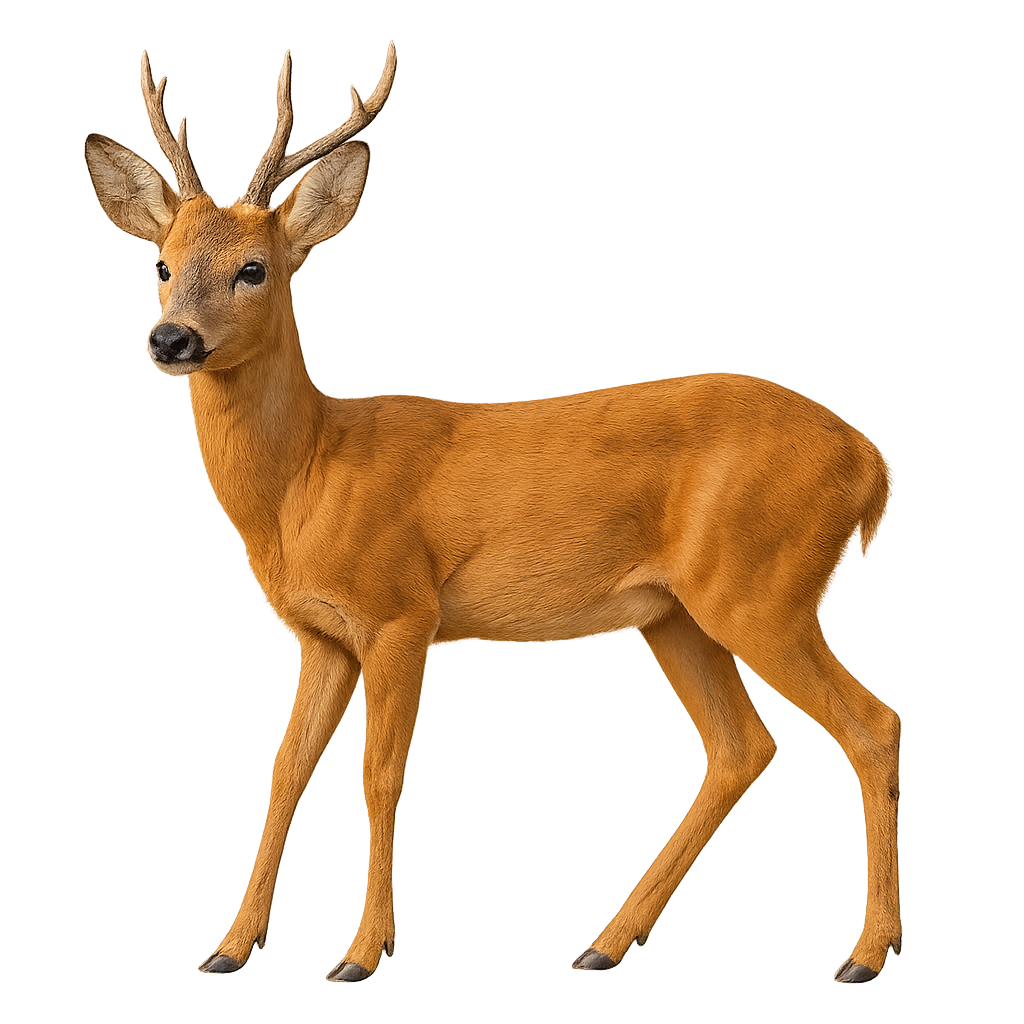Observe and photograph a species in its natural habitat
Learn where and when to observe a species in the wild, how to recognize it in the field, and what habitats it lives in. Get photography tips adapted to its behavior and capture stunning images without disturbing the animal. For full details, open the complete profile in the WildlifePhotographer app.
Eastern Roe Deer
Scientific name: Capreolus pygargus

IUCN Status: Least Concern
Family: CERVIDAE
Group: Mammals
Shyness: Shy
Safe distance: 30 m
Breeding season / Courtship: 01.07-31.08
Gestation: 7 mois
Births: 01.05-31.05
Habitat:
Forests and woodlands
Description:
The Siberian Roe Deer, also known as the Asian Roe Deer, is a slightly larger species of cervid compared to the European Roe Deer. It is easily recognizable by its darker coat, ranging from brown to gray, with white markings around the mouth and belly. Males carry antlers that, while smaller than those of other large cervids, are still distinct and visible. This species primarily inhabits coniferous forests and wooded areas of Siberia, Central Asia, and Mongolia, where it hides during the day and becomes more active at dusk and night.
The Siberian Roe Deer is an herbivore, primarily feeding on vegetation, including young shoots, leaves, fruits, and bark. It is known for its great agility and speed, allowing it to move easily through the rugged terrain of its habitat. While its population remains stable in some regions, it is threatened by deforestation, hunting, and habitat fragmentation.
Recommended lens:
>=400 mm
Photography tips:
Approach slowly and discreetly, using a telephoto lens to capture images from a distance, as the Siberian roe deer is a small, rather shy cervid that can easily move away if disturbed.
Photograph early in the morning or late in the afternoon, when the light is soft and the Siberian roe deer is more active, often feeding or moving through forests and open meadows.
Capture moments of natural behavior: The Siberian roe deer is often seen grazing on grasses or leaves, providing beautiful opportunities for group photos or moments of tranquility in nature.
Be patient and respectful: Although the Siberian roe deer is quite discreet and elusive, it can be spotted with patience. Wait until it is visible without disturbing its natural behavior.
The Siberian Roe Deer is a vulnerable species due to habitat loss and poaching. It is essential to respect its natural environment, not disturb its feeding or social behaviors, and follow local conservation rules to preserve this species and its habitat.
Ready to take action?
Choose your platform and start your free trial today



